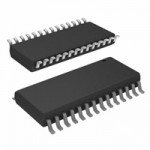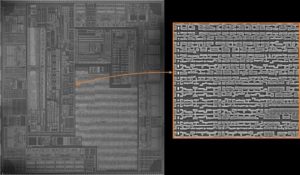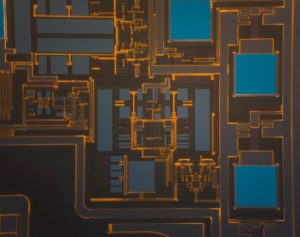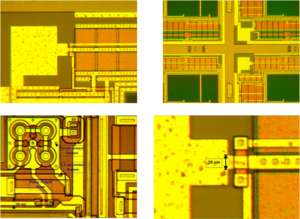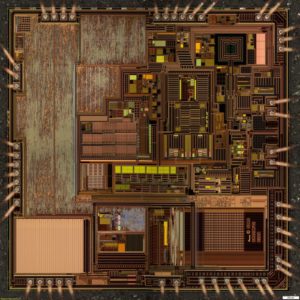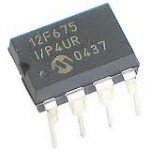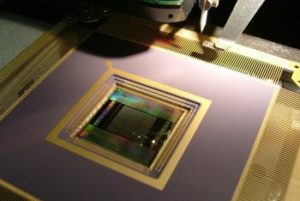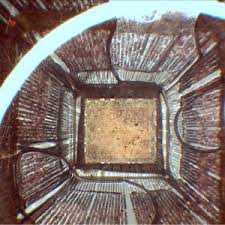Crack MCU PIC18F85K90 Binary
Crack MCU PIC18F85K90 with the purpose of recovery mcu code from embedded flash and eeprom memory, the format of extracted microcontroller firmware will be Binary or heximal;
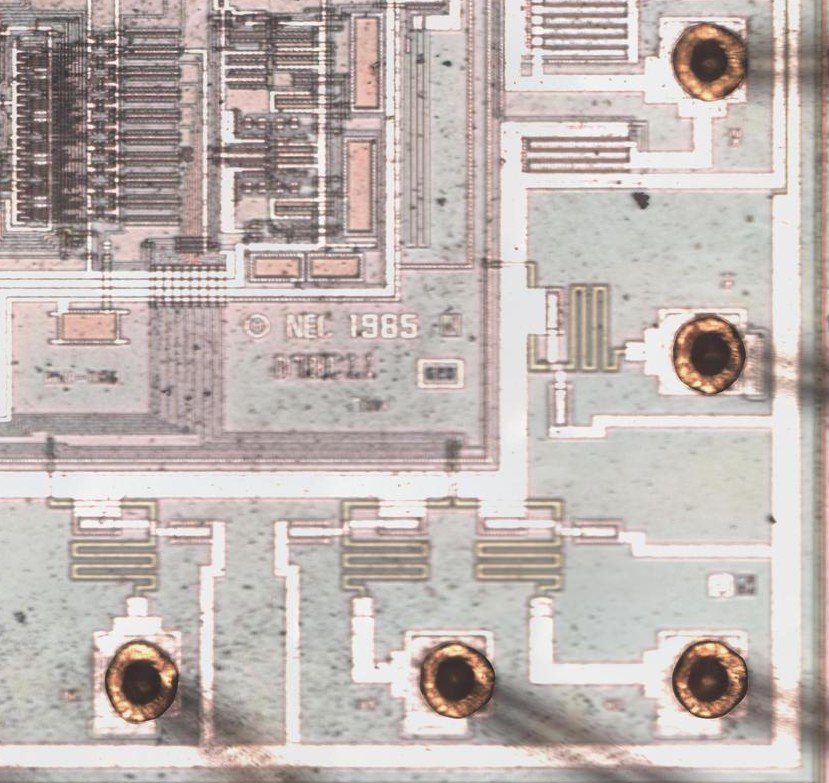
The use of decoupling capacitors on every pair of power supply pins, such as VDD, VSS, AVDD and AVSS, is required. Consider the following criteria when using decoupling capacitors:
· Value and type of capacitor: A 0.1 mF (100 nF), 10-20V capacitor is recommended. The capacitor should be a low-ESR device, with a resonance frequency in the range of 200 MHz and higher. Ceramic capacitors are recommended.
· Placement on the printed circuit board: The decoupling capacitors should be placed as close to the pins as possible. It is recommended to place the capacitors on the same side of the board as the device. If space is constricted, the capacitor can be placed on another layer on the PCB using a via; however, ensure that the trace length from the pin to the capacitor is no greater than 0.25 inch (6 mm) after unlock pic18f8490 MCU.
· Handling high-frequency noise: If the board is experiencing high-frequency noise (upward of tens of MHz), add a second ceramic type capacitor in parallel to the above described decoupling capacitor. The value of the second capacitor can be in the range of 0.01 mF to 0.001 mF. Place this second capacitor next to each primary decoupling capacitor. In high-speed circuit designs, consider implementing a decade pair of capacitances as close to the power and ground pins as possible (e.g., 0.1 mF in parallel with 0.001 mF).
· Maximizing performance: On the board layout from the power supply circuit, run the power and return traces to the decoupling capacitors first, and then to the device pins. This ensures that the decoupling capacitors are first in the power chain. Equally important is to keep the trace length between the capacitor and the power pins to a minimum, thereby reducing PCB trace inductance if Crack MCU.
On boards with power traces running longer than six inches in length, it is suggested to use a tank capacitor for integrated circuits, including microcontrollers, to supply a local power source. The value of the tank capacitor should be determined based on the trace resistance that connects the power supply source to the device, and the maximum current drawn by the device in the application. In other words, select the tank capacitor so that it meets the acceptable voltage sag at the device. Typical values range from 4.7 mF to 47 mF when Crack microcontroller pic18f8393.
The MCLR pin provides two specific device functions: Device Reset, and Device Programming and Debugging. If programming and debugging are not required in the end application, a direct connection to VDD may be all that is required.
The addition of other components, to help increase the application’s resistance to spurious Resets from voltage sags, may be beneficial. A typical configuration is shown in Figure 2-1. Other circuit designs may be implemented, depending on the application’s requirements.
Tags: crack mcu flash archive,crack mcu flash code,crack mcu flash content,crack mcu flash data,crack mcu flash eeprom,crack mcu flash file,crack mcu flash firmware,crack mcu flash information,crack mcu flash memory,crack mcu flash program


